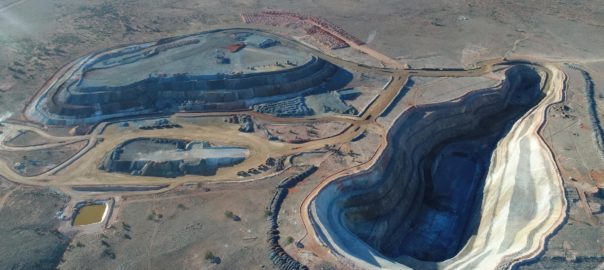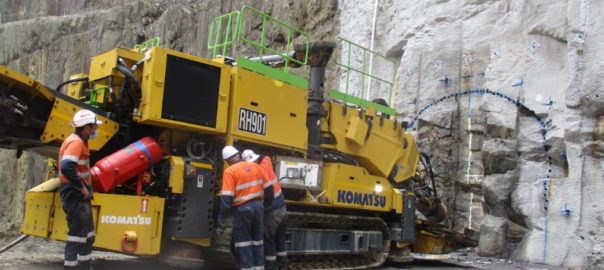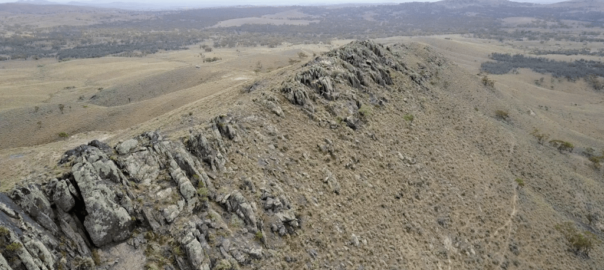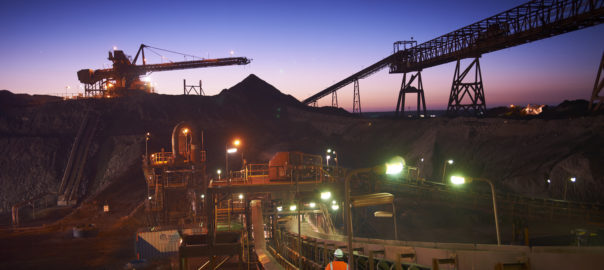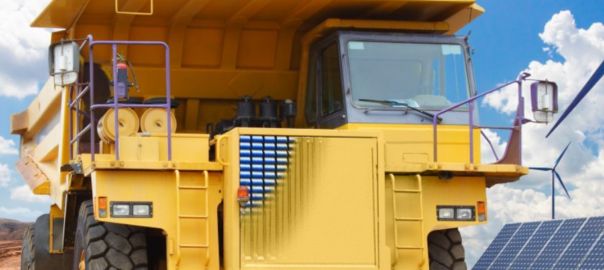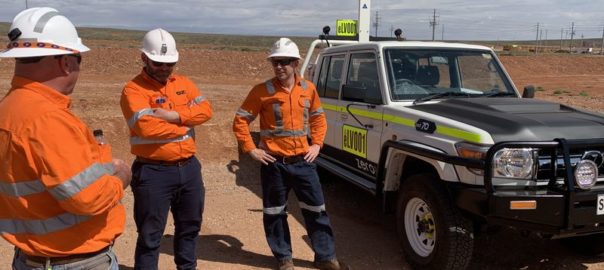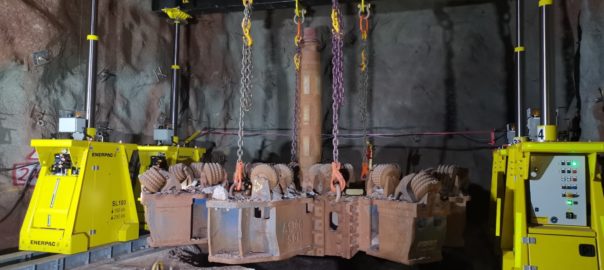The South Australia Government says it will extend its Accelerated Discovery Initiative (ADI) until 2025, committing another A$11.5 million ($8.2 million) to the program.
The ADI provides co-financing to mineral exploration activities to attract greater exploration investment, bringing forward new mineral resource discoveries, jobs, Aboriginal employment opportunities and royalties, according to the government. It also has a focus on supporting innovative technologies, collaboration and new exploration concepts to fast-track mineral exploration across South Australia.
Minister Dan van Holst Pellekaan said the ADI plays an important role in maintaining South Australia’s international leadership in mineral exploration development.
“We expect to receive a high level of interest during round three, with a funding of up to A$3 million reflecting the global significance of ADI and the calibre of proposals,” van Holst Pellekaan said. “ADI is Australia’s most diverse exploration co-funding program, offering support for traditional drilling and geophysics, as well as other non-conventional exploration techniques, frontier logistics support, technology and research innovation.
“With a heavy emphasis on new technologies, scientific endeavour, and upskilling, to boost discovery while reducing risk, ADI reflects the changing drivers in exploration.
“Successful projects will bolster activities and support innovative technologies to generate and test new exploration ideas and increase new data sets to help accelerate data sharing between entities within the exploration sector.
“In additional to innovative exploration programs, ADI initiatives have fostered meaningful employment and upskilling of Aboriginal employees and businesses. So far, during rounds one and two, funding of A$7.4 million was allocated to 36 initiatives.”
Managing Director and Chief Executive Officer of Barton Gold, Alexander Scanlon, said the ADI has allowed Barton to accelerate its innovation-driven exploration approach to the central Gawler Craton region of South Australia.
“ADI facilitated a trial of deep ground penetrating radar (GPR) in the region and early results are compelling,” Scanlon said. “The technique has not only found over 25 shallow new structures, but also their orientation, giving us clear, shallow targets for precise, high-efficiency and low-cost drill testing.
“We are looking at an order of magnitude gain in cost and time to target delineation, acquiring these targets for less than $200,000 over a 1-2 month period, versus A$2-3 million of drilling over a 1-2 year period of time,” he said.
Barton is an ASX-listed gold exploration company with a total attributable circa-1.1 Moz of gold in the resource category (28.74 Mt at 1.2 g/t Au), a pipeline of advanced exploration projects and brownfield mines, and 100% ownership of the only regional gold mill in the central Gawler Craton of South Australia, the company says.
van Holst Pellekaan said Barton’s recent success is another example of the benefits of the ADI not only delivering results for Barton but sharing the results publicly that will help other explorers unlock new discoveries.
“It was pleasing to see round two heavily over-subscribed, with a total of 76 high quality applications received with 22 projects assessed against the project criteria to receive funding,” he said. “We are anticipating a similar amount of interest for round three.”
The extension of the ADI will significantly contribute to increased exploration activity and discovery of new mineral resources to achieve the South Australian Growth State target of A$300 million in annual exploration investment, the government says.







